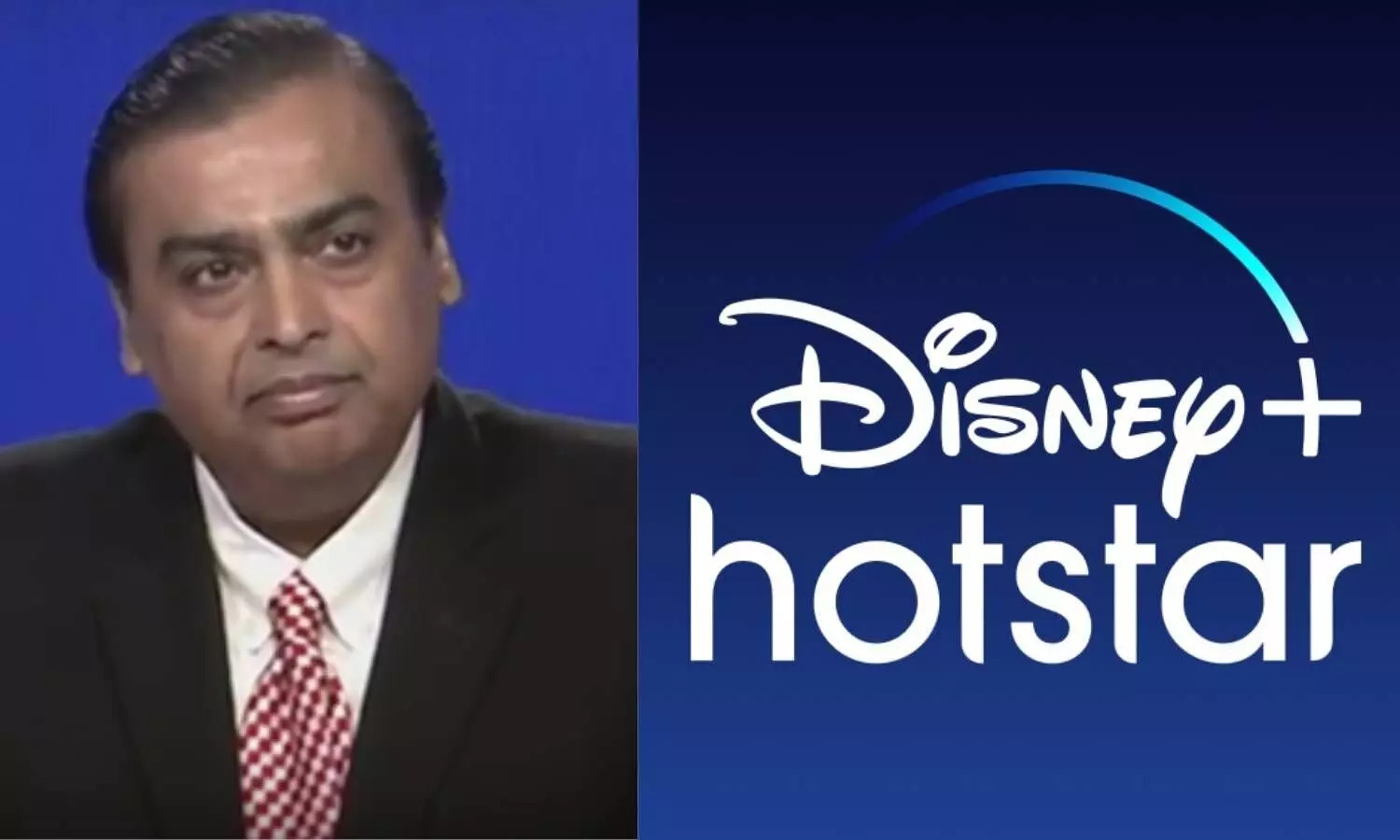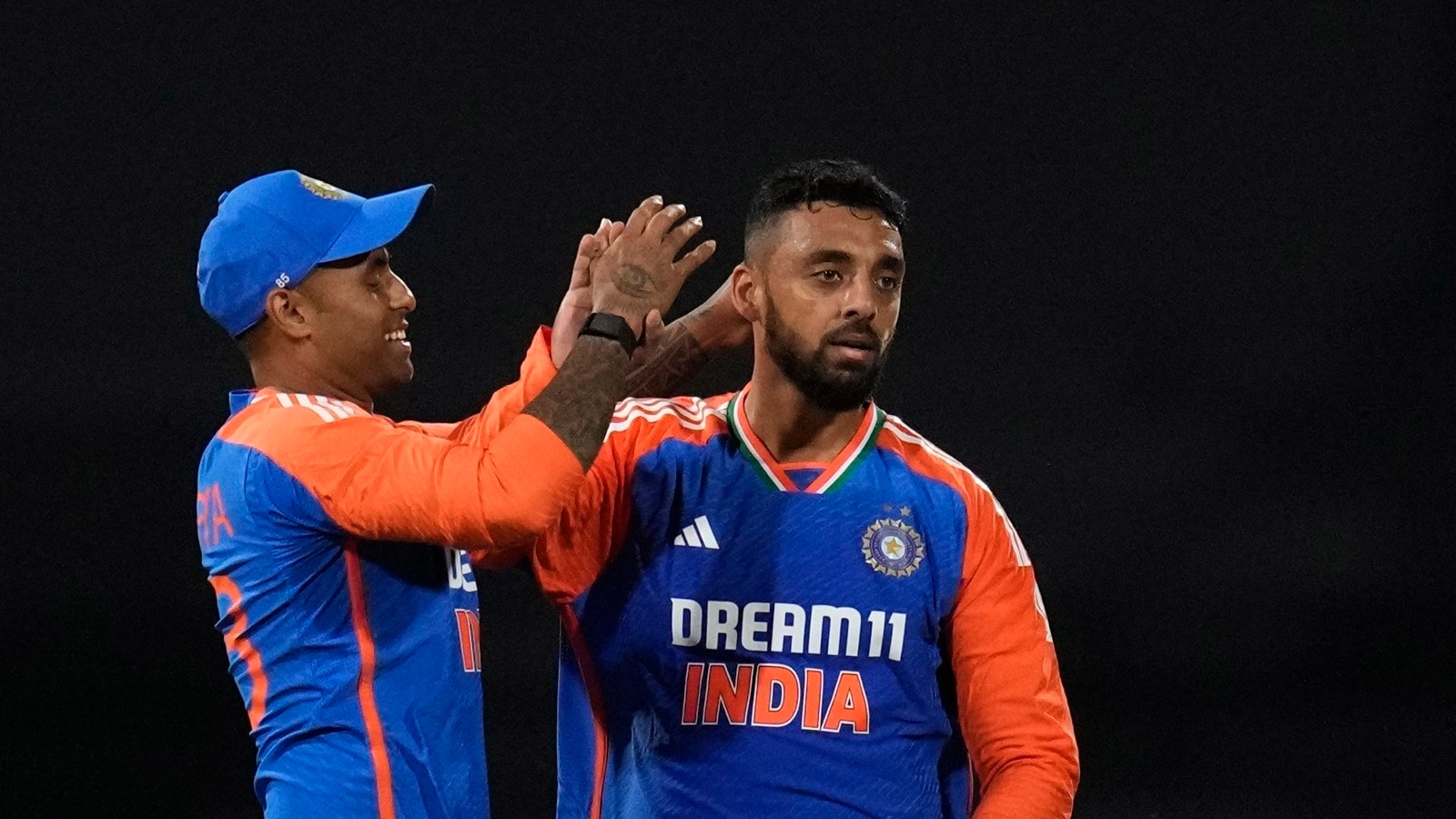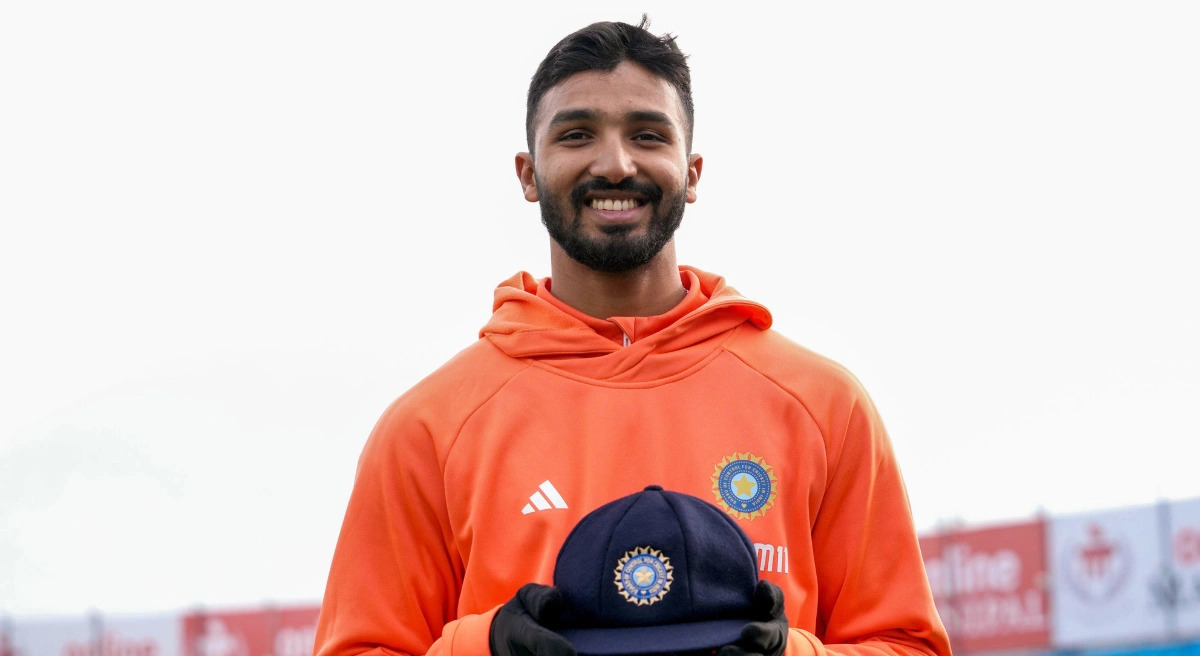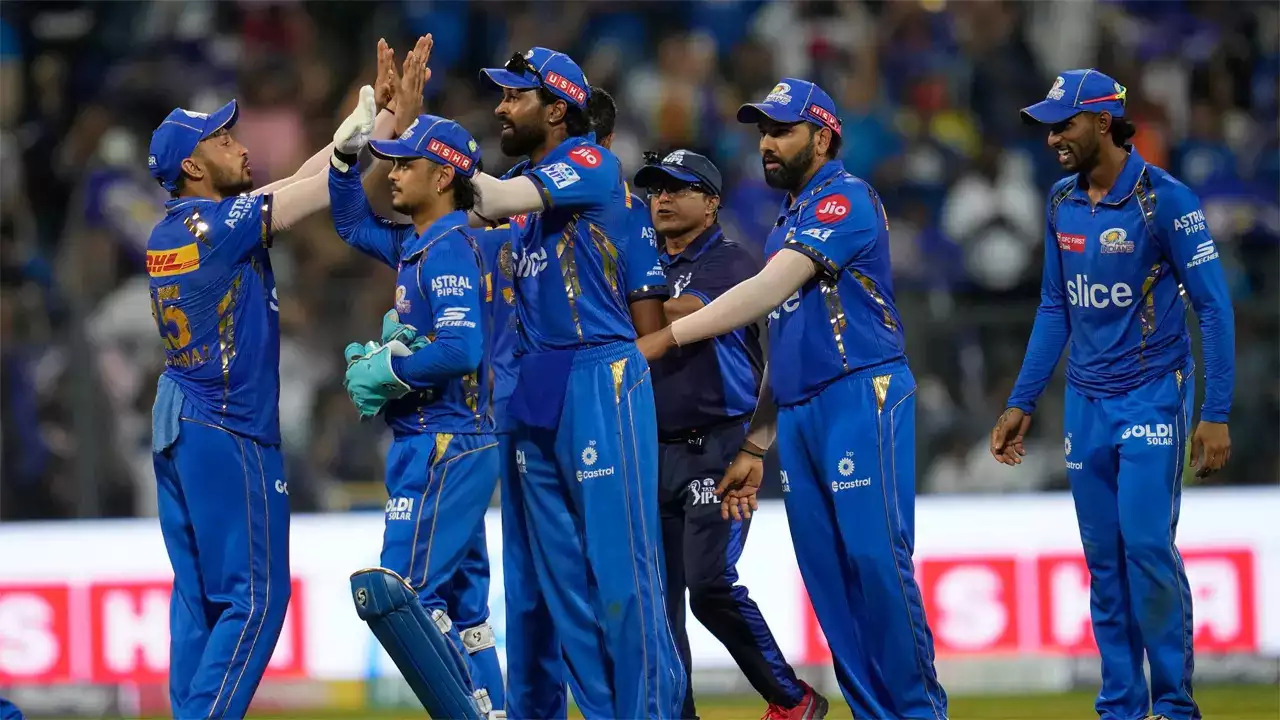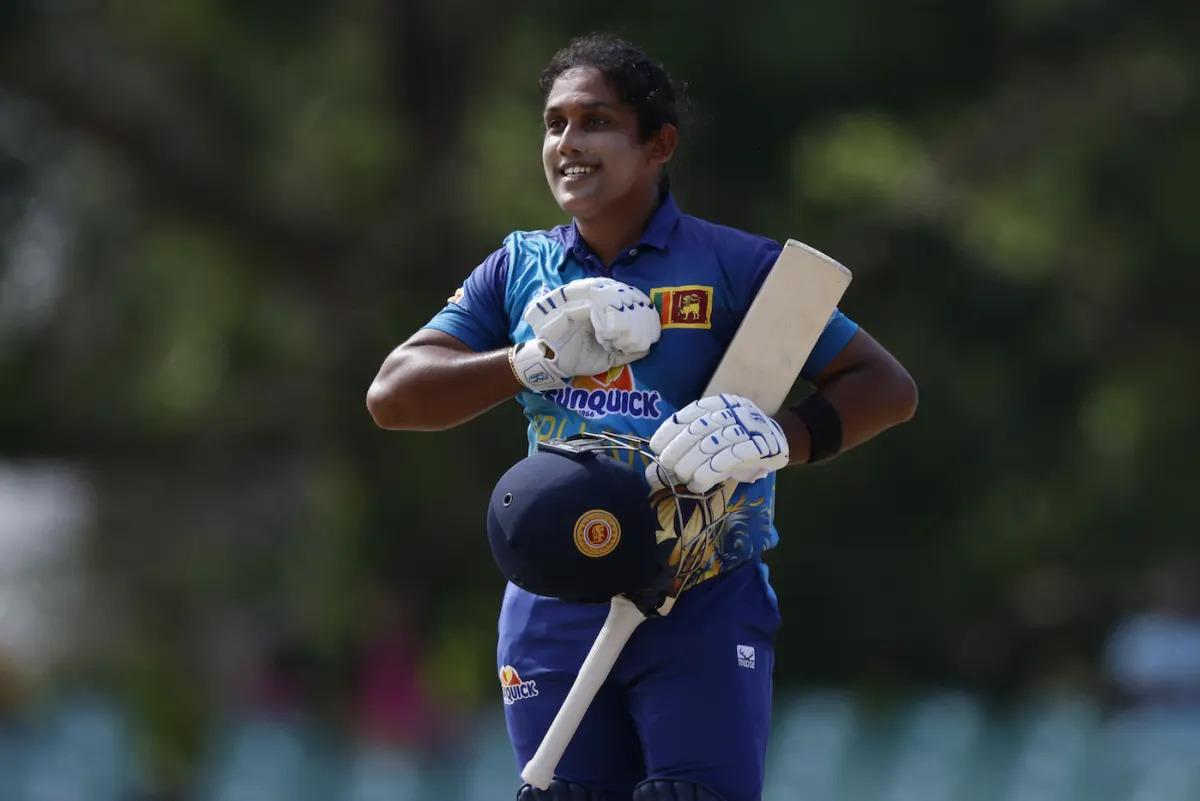The Competition Commission of India (CCI) is closely examining the proposed USD 8.5 billion merger between Reliance Industries and Walt Disney, which is a major development in the country’s media. The antitrust watchdog has questioned the firms more than 100 times, with a special emphasis on how the acquisition will affect the right to stream cricket.
With 120 TV stations and two streaming services, the merger—which was announced in February—would create the largest entertainment empire in India.
India’s media consumption patterns are heavily influenced by cricket, which is frequently referred to as a religion in that nation. The valuable cricket rights would be consolidated under the Reliance-Disney combination, potentially providing the combined company with unrivalled control over this important material.
The deal’s complexity and its effects on market competition are reflected in the CCI’s thorough inquiry. The regulator’s investigation into why YouTube belongs in the same market as subscription streaming services like Netflix and Disney+ is particularly interesting. This distinction is important because it may have a big influence on how market dominance is evaluated.
Disney and Reliance have claimed that their combination won’t hurt competition by pointing out that the cricket rights would expire in 2027 and 2028. They think that competitors will be able to bid competitively as a result. They have also mentioned that advertising can connect with audiences who watch cricket on YouTube and other channels.
Even still, YouTube controls 88% of India’s online video industry, according to data from Media Partners Asia, and the majority of that content is free user-generated material. Just 12% of the market is made up of premium video, which is dominated by carefully chosen long-form content available on streaming services.
Also Read: After Mohammed Shami labels Inzamam-ul-Haq’s statements ‘cartoonish’, Basit Ali criticises it
Additionally, the CCI has asked for comprehensive information regarding who owns sports rights, including historical bidding procedures. This degree of examination indicates that authorities understand the strategic value of sports content—especially cricket—in India’s media landscape.









 Win Projections to be updated soon
Win Projections to be updated soon













